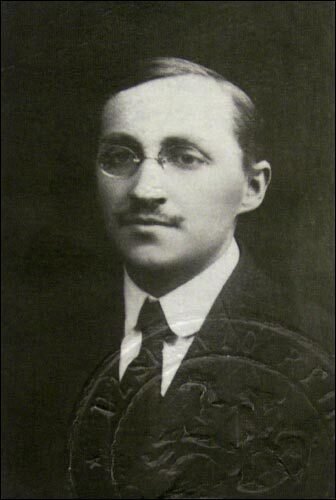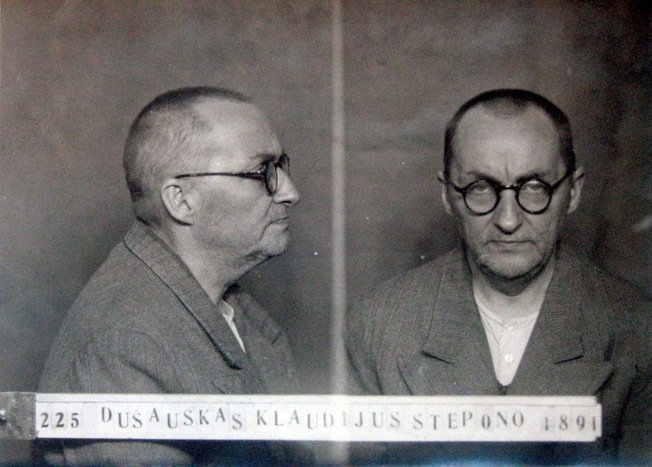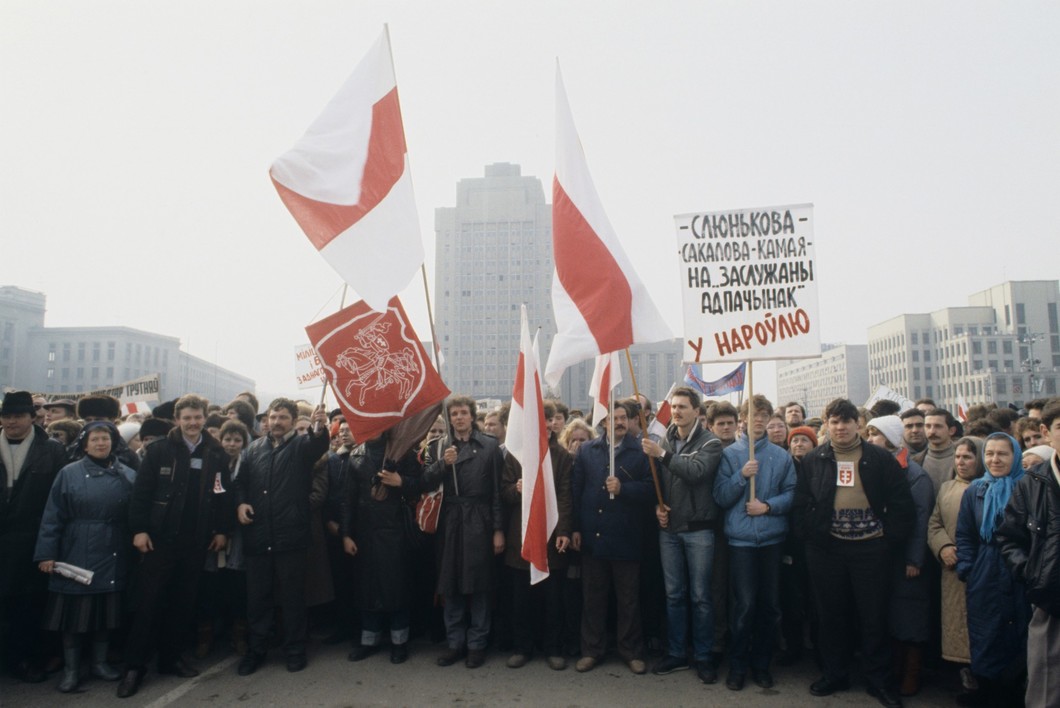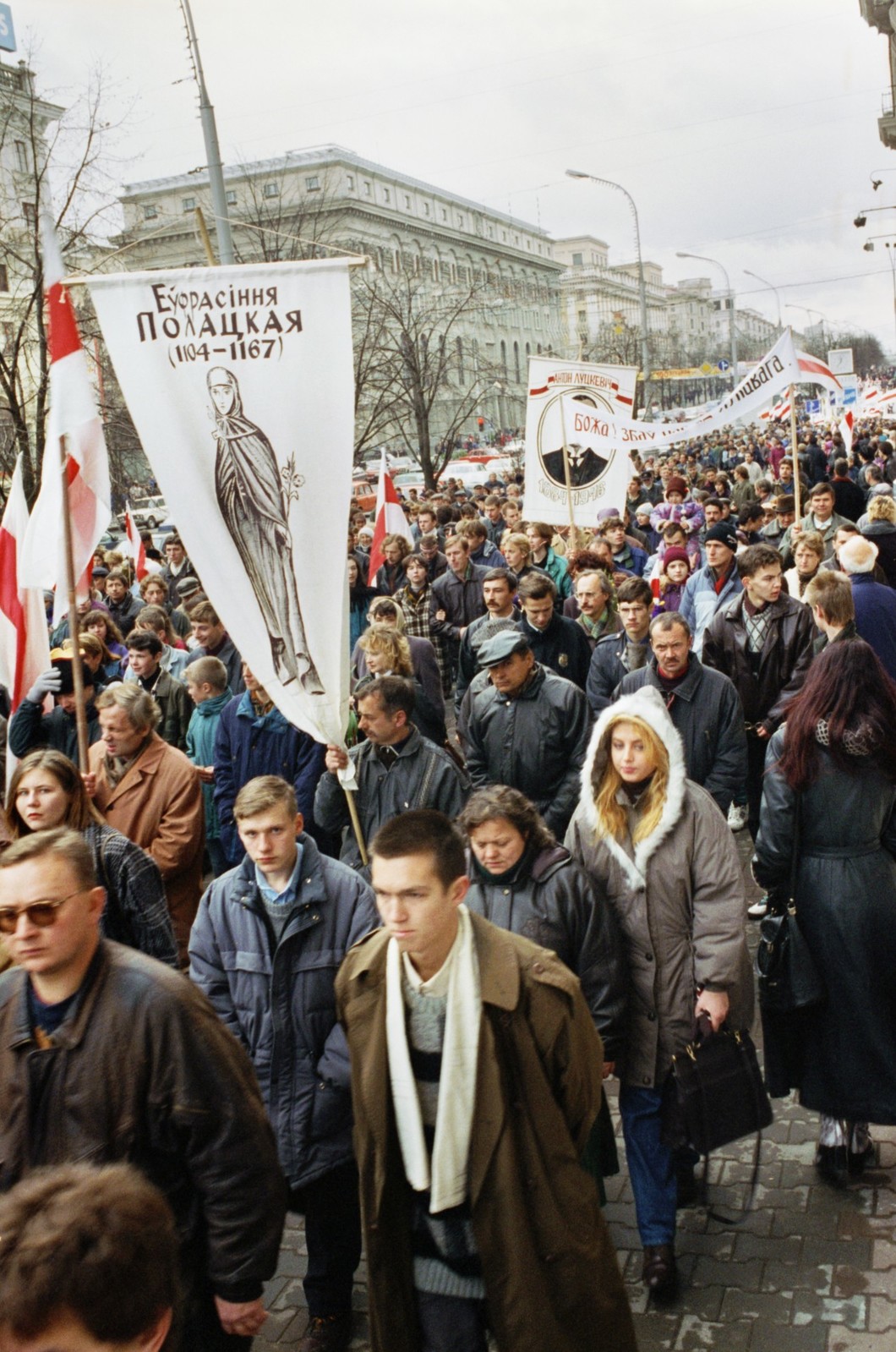Battle for the Flag
- Iryna Khalip, Novaya Gazeta
- 1.02.2021, 19:12
- 4,475

For half a year of resistance, the Belarusians have brilliantly mastered partisan methods of struggle.
"You see, they hate the white-red-white flag because the polizei wore it. So the polizei also wore pants, what then follows from your scientific conclusions, dear gentlemen? Undoubtedly, all this will be funny and ridiculous even after a very short period of time. But now it's not funny at all. Now it hurts because the stupid gendarme boot still tramples on the physical existence of the nation and its centuries-old spiritual acquisitions."
These are not today's words. This is a quote from a speech by Vasil Bykau at the congress of the Union of Writers of the BSSR in May 1989. Lukashenka is not the first one who decided to deprive Belarusians of their national symbol. There were others - under the red flag, under the hammer and sickle, raised in a deadly handshake over any manifestation of something national in the country of winning ice cream for 28 kopecks. The Communist Party fought against the white-red-white flag, the Pahonia coat of arms and people who dared to speak Belarusian. Thirty years have passed since Vasil Bykau's speech, and the General Prosecutor's Office of Belarus began preparing a package of documents on recognizing the national flag "and other symbols" as extremist - soon after Lukashenka promised to remove "this fascist symbolism from our society."
Aliaksandr Lukashenka, of course, is a great connoisseur of history. In general, he often calls himself a historian and claims that his profession is a history teacher.
However, he claims many other thingst. For example, Lukashenka, born in 1954, told veterans that his father died in the war.
And also - as if Mikhail Gorbachev had often invited him to Moscow to consult on how to switch to self-financing. And Grigory Yavlinsky asked him to become a reviewer of the "500 Days" program.
Fascist symbolism is approximately from the same series of Aliaksandr Ryhoravich's dreams.
White and red are the heraldic colors of the Grand Duchy of Lithuania. They were used to create the national flag. And for the first time in history this flag was raised not even in Belarus, but in Petrograd - in March 1917, on the building of the Belarusian Society of War Victims at 36 Znamenskaya Street (now it is Vosstaniya Street).

In the immediate aftermath of the February Revolution, many parts of the former empire began to struggle to create nation-states. And the flag was created as a symbol of the future Belarusian republic. It was invented by a student of the Petrograd Mining Institute Klaudzii Duzh-Dusheuski.
The first All-Belarusian Congress began to meet under this flag in December 1917, but the next day it was dispersed by the Bolsheviks. Under this flag, on March 25, 1918, in Minsk, occupied by the German army, the independent Belarusian People's Republic was proclaimed and the 3rd charter was adopted:
"Now we, the Rada [Council] of the Belarusian People's Republic, are throwing off from our native land the last yoke of state dependence, which the Russian tsars forcibly threw on our free and independent country." In January 1919, the territory was occupied by the Bolsheviks. Then the Soviet-Polish war began, but that's another story that has nothing to do with the flag. The white-red-white flag went into exile together with the members of the BNR Rada.
During World War II, this flag was used by both collaborators and Belarusians who escaped from captivity, who joined the French Resistance. And the author of the flag, Klaudzii Duzh-Dusheuski, who lived in Kaunas at that time, hid Jews fleeing from the Kaunas ghetto. Emissaries of the occupation authorities came to him and offered to move to Minsk to take the vice burgomaster position. Duzh-Dusheuski refused any collaboration with the Nazis. And in 1943, he and his wife were sent to a concentration camp for harboring Jews.

He survived. Then he was arrested twice by the Soviet authorities. Between arrests, he taught the history of architecture at the university.
And the flag he had invented appeared the next time on the streets of Minsk only on October 30, 1988, when tens of thousands of Belarusians marched to the Kurapaty tract, where mass executions took place in 1937. That procession under the white-red-white flags was dispersed with water cannons and tear gas. But after only three years, the white-red-white flag and the coat of arms Pahonia became the state symbols of independent Belarus. The coat of arms, however, was confused by many Europeans with Lithuanian. And they asked: "Is your horse with its tail up or down?" Ours is with tail down.

It was under these symbols that the elected President of Belarus Aliaksandr Lukashenka took the oath.
But less than a year later, he announced a referendum on the return of Soviet symbols. The referendum coincided with the parliamentary elections. The results were damn interesting: due to the low turnout in the Supreme Soviet, only 119 out of 260 deputies were elected, but in all constituencies where parliamentary elections did not take place, the turnout for the referendum was, for some reason, several times higher.
However, at that time, the Belarusians still believed that there could be no revenge and the election commissions calculated everything honestly.
Everything is clear with Lukashenka's motives. He did not care what symbols the collaborators of the Second World War walked around the city with. For him, the white-red-white flag is the Belarusian Popular Front and its leader Zianon Paznyak, fierce enemies since the early nineties. Then Lukashenka, having become a deputy, was looking for a platform for which he could become a nominee, and turned to the Belarusian Popular Front. He offered himself to be the chief and was ridiculed. That is why it is an enemy flag for him. An old personal grudge. He destroyed the flag in the same way as in the nineties he imprisoned his former bosses in Soviet times.

On May 14, 1995, a referendum was held, and on May 16, in the afternoon, officials of Lukashenka's administration climbed onto the roof of his residence and tore down the flag. The one of the dictorate, Ivan Tsitsiankou, personally tore it into small pieces. The journalists stood in the street below and wept. A minute later, a red-green BSSR flag was fluttering over the residence, as if nothing had happened - neither perestroika, nor the Declaration of Independence, nor Kurapaty, nor hopes for a European future.
Since then, people have been beaten for the national flag. They have been beaten for twenty-five years. Some left the streets, others grew up and came. They are beaten regardless of age.
The Belarusians, like partisans of the past, sew new flags instead of those that are being taken away and torn by AMAP. And if earlier they went to protests with this flag, now they hang it in the windows. They stretch the ropes between the upper floors of high-rise buildings and hang them up so that no Ministry of Emergency Situations can reach. People freeze flags into ice on the river. They paint them on the asphalt and at bus stops. People post photos from protest rallies, which show people with bandaged heads with blood showing through the bandages or in bloody white T-shirts, and write the same caption: "This is why our flag is white-red-white."
And, you know, Belarusians are completely indifferent whether the Lukashenka prosecutor's office recognizes this flag as extremist. For half a year of resistance, they mastered the partisan methods of struggle in such a way as if the war had never ended.
Iryna Khalip, Novaya Gazeta








